Duck
Why Duck Is the New Steak
Cooking duck comes down to two things: rendering the fat, and achieving crispy skin. Learn how, then practice with Teriyaki Duck Breasts.
Sunday Dinners comes to us from our own chef/photojournalist/farmer/father figure Tom Hirschfeld, featuring his stunning photography and Indiana farmhouse family meals.
Today: Move over steak—we're making tender, juicy duck at home with ease—and the same showstopping results.
A whole roast duck is as satisfying to eat as it is pretty on the table; while foie gras is a rich man's food and confit is pure comfort, a delicious seared and crispy-skinned duck breast is one of the real luxuries of eating.
Duck is versatile, but quirky to cook. And when something is unusual, people tend to keep it at an arm's distance in a that’s my crazy uncle sort of way. But I'm here to say that it is simple to prepare; no matter which cut you're preparing, cooking duck comes down to two things: rendering off the fat, and getting the skin crispy.
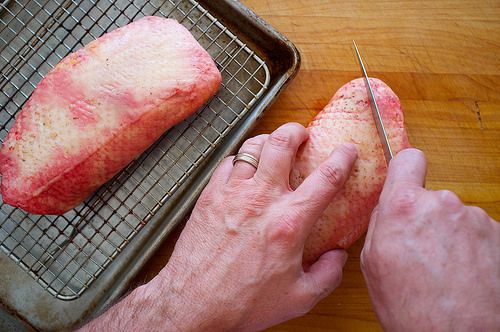

Take a duck breast for example: Sautéing a duck breast is the complete opposite of anything you have ever learned about sautéing. There is no step in the recipe that reads place a sauté pan over high heat, and when it is hot... No. Start with a cold pan, low heat, and don’t coat the pan with oil. Even crazier: Cut a cross-hatch pattern into the skin and let the fat render out.
This is all easy to do once you see how it is done -- and besides, it is high time to embrace duck, show it some love, and start a life-long affair at the table.
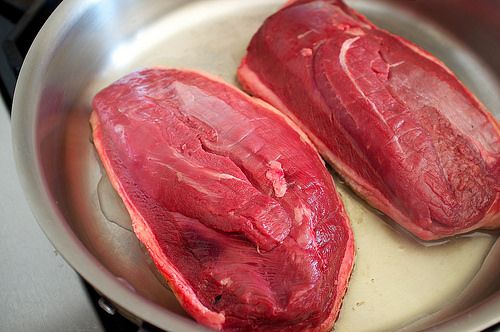
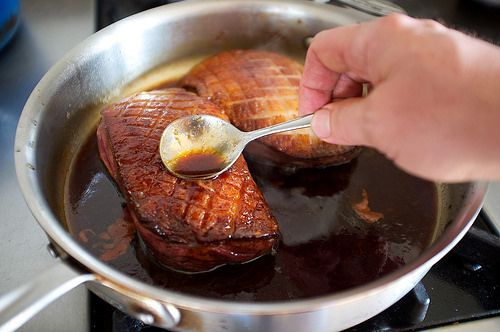
There are several kinds of duck, and hence different duck breasts. My favorite is the Moulard. It is a 12- to 14-ounce breast that is generally aged and very rich tasting. Second on my list is Muscovy, followed by Pekin. Pekin is by far the easiest to find, and it is very delicious.
Gently score the skin side of the duck in a cross-hatch pattern with a very sharp knife. The fat is pretty much like butter, so it doesn’t take a lot of pressure. Be careful; you don’t want to score the actual breast meat.
More: Duck -- it's what's for dinner. Learn how to roast it, too.
It takes a long time to brown the duck breast, so be patient. Place the duck skin-side down in a cold pan, then place the pan over medium-low heat. As the fat begins to render, slowly raise the heat to medium. Often the skin will adhere to the pan in a few places. If it does, gently lift the duck breast, then set the edge back down. Lift from the opposite side, and the breast should release without leaving any skin behind.
Save all of your rendered duck fat. Strain it into a jar and refrigerate it until you want to sauté some potatoes with garlic and parsley -- you will be glad you did. I like to use stainless steel or enameled cast iron sauté pans -- I usually deglaze the pan with some sort of liquid, which makes me think twice about using old-fashioned cast iron.
Like with steak, you should cook a duck breast one temperature below where you want to eat it, then rewarm it to the temperature where you want it. I find rare duck to be a little too chewy for my taste, but a perfect medium rare/medium will render you speechless upon your first bite. It's official: Duck is the new steak.
Serves 4 to 6
2 Moulard (sometimes called Magret) duck breasts, about 12 ounces each
1 cup dry sake
4 tablespoons turbinado sugar
1/4 cup Tamari, or your favorite soy sauce
1/3 cup fresh-squeezed orange juice
1/3 cup scallions, sliced into thin rings
See the full recipe (and save and print it) here.
Photos by Tom Hirschfeld
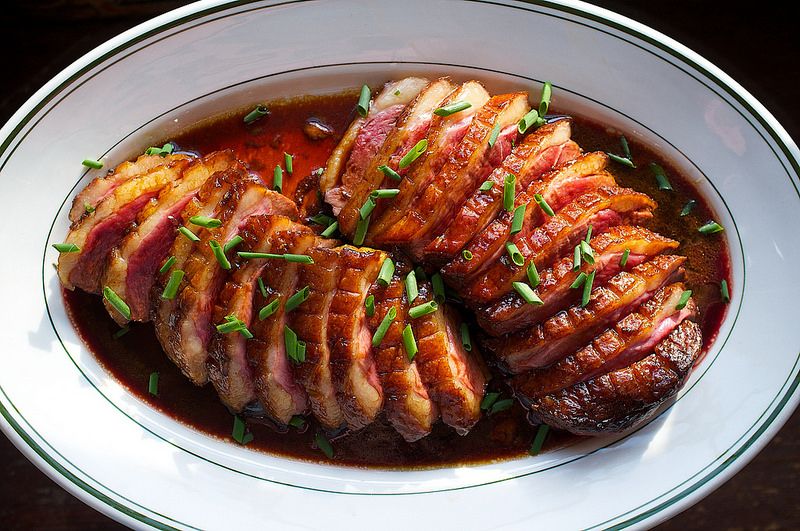
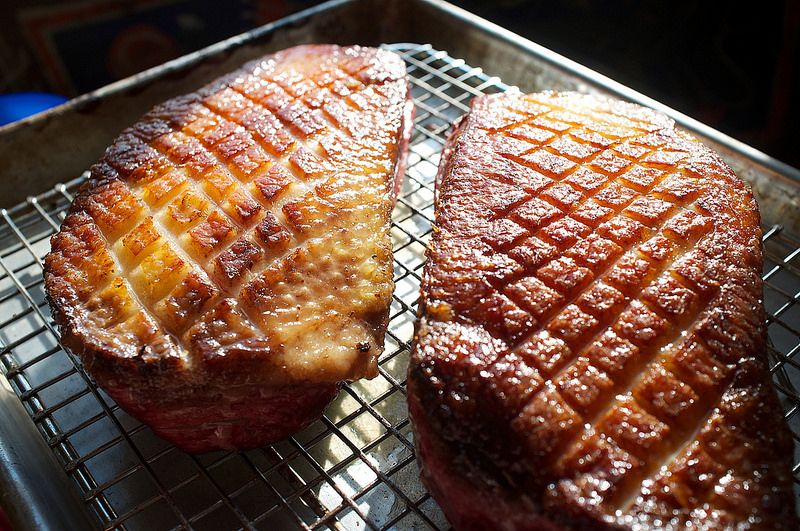

See what other Food52 readers are saying.